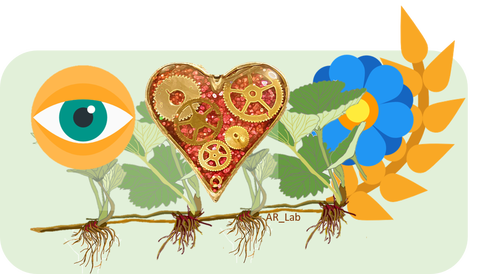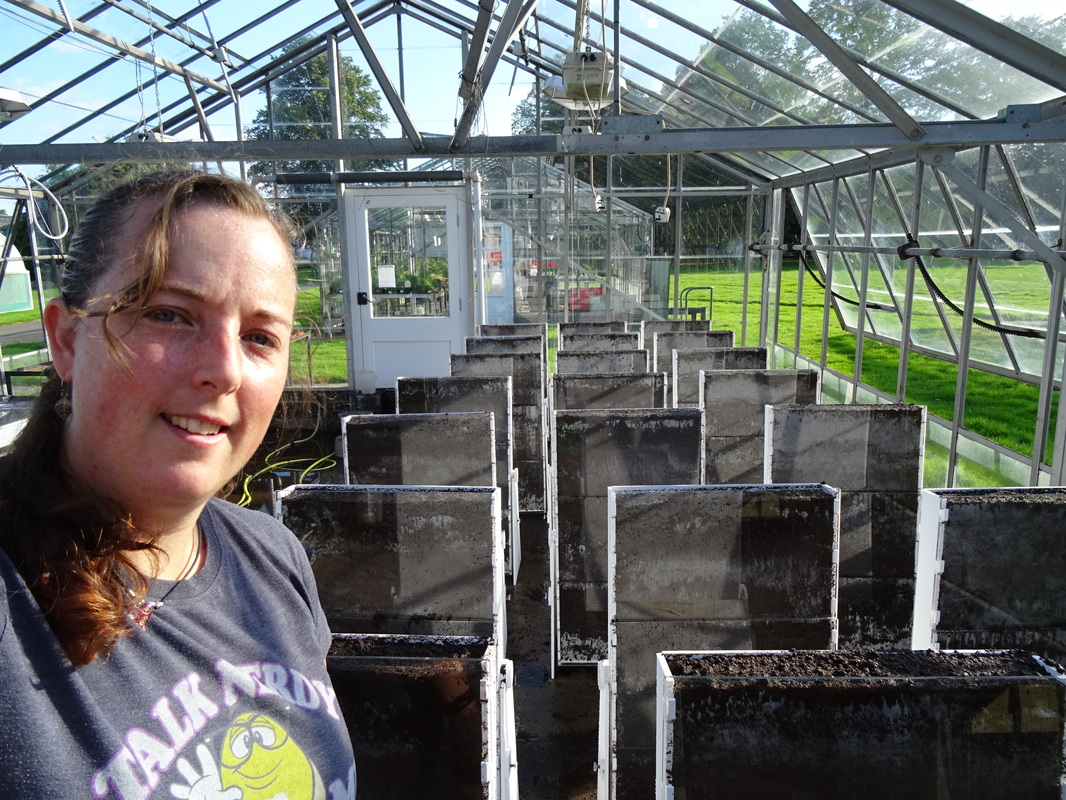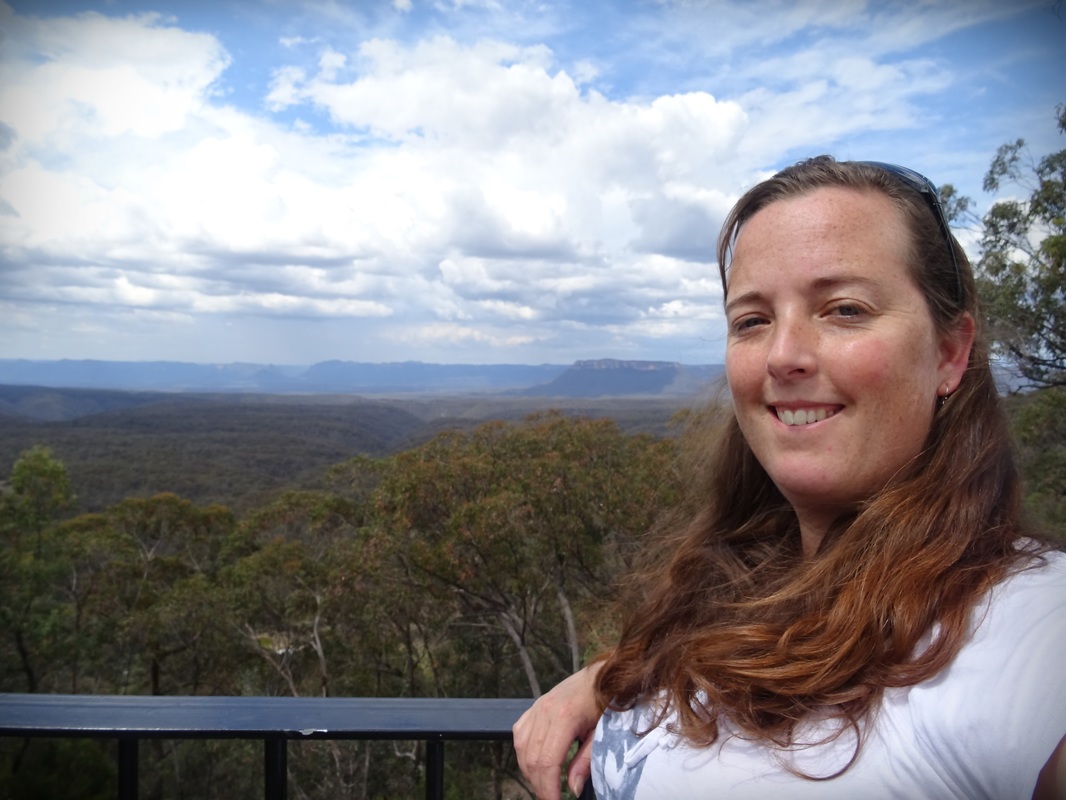|
I was just reflecting on my day today and I think there's a good analogy that can be instructional regarding what plant physiology means. The analogy comes from my medical check-up at the hospital today (hence having the time for two blog posts! - all good for another year by the way ;) ). At the hospital I'm always greeted by "Hi, I'm Joe Blogs and I'll be your physiologist today". That physiologist then connects an ECG, and logs in to my pacemaker and checks the readings from the two are comparable and then they download all the data from the time in between which has been recorded by the pacemaker and check certain features of the functioning of my heart. They then manipulate the heart rate using the pacemaker to see how everything responds. This is exactly what plant physiologists try to do. Instead of a person as a patient, it's a plant, instead of an ECG it might be a LiCOR or a pressure bomb and instead of a pacemaker it might be a heat pulse velocity kit (which has various other names), or a dendrometer, and the data is collected by data loggers (just like the pacemaker) or by us (just like the doctor). There are lots of other techniques that we use - all of which measure processes. observing the shape or colour is of course of interest - particularly when we can do this many times- because they tell us something about the outcome of the processes. Note the use of the word 'outcome'. Without knowing something about likely processes involved we can't use a single image or set of images to understand physiology. Having said that, once we know the processes that lead to a visual outcome we can very effectively use images of that outcome as an indicator of the processes (by inference so it's important to check from time to time). - I'm of course referring to phenotyping. The other thing I'm going to say is that of course just like it's possible there is a genetic basis for my heart defect (which we have no evidence for currently) many plant physiology process defects (or changes) are related to genetic effects but just because changing one set of genes leads to a set phenotype - there are many possible processes that may have changed to come up with the resulting image and there are many different process-paths that could have been taken and without studying the processes, we can not know which processes changed or responded. Again the genetic tools available now are opening physiology doors that were not possible 20 years ago - these are essential tools developed by fantastic molecular biologists and geneticists (and bioinformaticians). So what is my point in all this rambling? My point is that with the previous revolution in genetics and molecular biology and the current revolution in phenotyping technologies, the physiology skills and knowledge have become untrendy (is that a word?) and so are dwindling - but they are essential! In the UK this has been acknowledged (at least in writing) by the BBSRC - so I'm not making this up - at least not entirely (it is of course a biased perspective of a physiologist!). So why is physiology untrendy? I have no idea! This is an exciting time for plant physiologists! We now have the ability to adapt the tools and technologies that have been used in medical physiology for plants (those pesky cell walls tend to make adapting essential but modern materials are making this possible). Anyway I think the first step is to remind the world what physiology is! So think about the pacemaker and the physiologists who monitor all the heart processes- and then replace the patient with a plant. Small disclaimer: If any human physiologists read this - I know they are doing a lot more when I go in for tests than what I listed here, so I'm sorry for not doing that justice!
0 Comments
Hi global team! You don't mind me calling you that do you? So it's been another exciting/busy/crazy/tiring week in the glasshouse (and at training courses and doing admin for the new academic year - but let's pretend it was all glasshouse!) Two days harvesting an experiment in pleasantly cool weather. I don't ever remember doing a glasshouse harvest in Australia and thinking how much I want a hot steaming shower! Usually a cold bath or sitting in front of the airconditioner for a few hours was top priority! This is one of many things I truly love about living in the UK. My new rhizoboxes arrived as well. So many exciting experiments to be done with these! I filled them on Thursday - thats 60 x 25 litre bags of potting mix that I carried in, broke up and poured into the boxes! Not a trivial exercise - but exercise it was! Pic below is a red-faced dirt-covered me just after watering them in. There's also a fabulous picture of my boxes with Spongebob trying to get out somewhere on twitter! :) - you'll have to look it up to see the reason!
So that's my update. So many other things going on too - never a dull moment! |
AuthorAmanda Rasmussen Archives
May 2023
Categories |


 RSS Feed
RSS Feed
